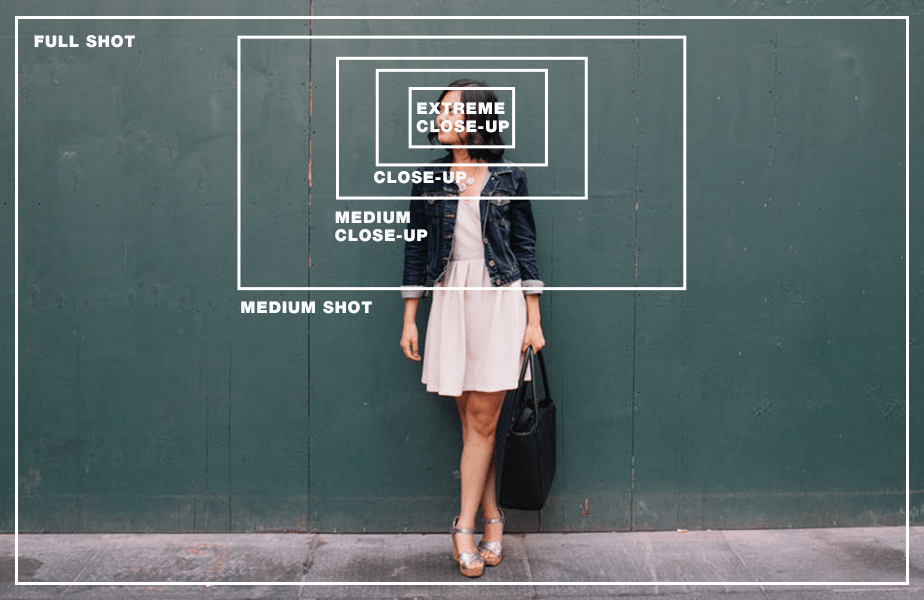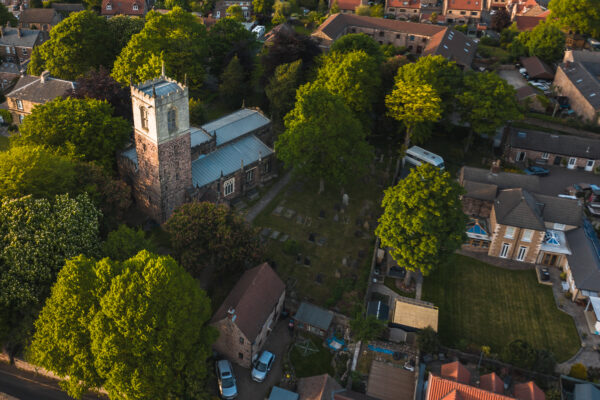Filming interviews can be a great way to capture the stories of people and share them with others. However, it’s important to do it right in order to create a high-quality video that is both informative and engaging.
Our stories are powerful because they connect us to each other. They allow us to share our experiences, our hopes, and our fears. They teach us about the world around us and about ourselves. They can inspire us, motivate us, and give us hope. When we share our stories, we are not just sharing facts. We are sharing our emotions, our values, and our perspectives. We are inviting others to see the world through our eyes. We are creating a connection that can be both healing and transformative.
Our stories are powerful because they can change the world. They can challenge the status quo. They can raise awareness of important issues. They can inspire others to take action.
Here are some tips on how to film interviews effectively:
1. Plan your questions ahead of time
The more prepared you are, the better the interview will go. Take some time to think about what you want to ask your interviewee, and make sure your questions are clear, concise, and relevant.
2. Create a comfortable environment
The interviewee should feel relaxed and at ease during the interview. This means choosing a quiet location with good lighting, and making sure the interviewee has a comfortable chair to sit in.
3. Use good sound quality
This is probably the most important tip on this list. If the sound quality is poor, your video will be unwatchable. Use a high-quality microphone and make sure it is placed close to the interviewee’s mouth.
4. Frame the shot correctly
The way you frame the shot can make a big difference in the overall look and feel of your video. Use a mid-shot or close-up to capture the interviewee’s face and body language.

5. Ask follow-up questions
Don’t be afraid to ask follow-up questions to get more information from your interviewee. This will help you to get the most out of the interview and create a more engaging video.
6. Edit your video carefully
Once you’ve finished filming, take some time to edit your video carefully. This will help you to remove any unnecessary footage and create a polished final product.
If you’re not sure where to get started Clipchamp is microsoft’s free video editor and is quite easy to get the hang of.
7. Make a plan for sharing your video with others
Once you’re happy with your video, share it with others on social media, play it during a service or put it on your website. These are great ways to share the stories of the people you’ve interviewed.
Here are some additional tips on sound and camera placement:
- Use a lav mic or shotgun mic to get the best sound quality.
- Place the mic as close to the interviewee’s mouth as possible.
- Avoid placing the mic directly in front of the interviewee’s mouth, as this can cause pops and distortion.
- Frame the shot so that the interviewee’s face is centered in the frame.
- Use a neutral background that will not distract from the interviewee.
- Avoid using too much camera movement, as this can be distracting.
- By following these tips, you can film interviews that are both informative and engaging. So get out there and start interviewing!
Here to Help…
Our stories told carefully and beautifully can communicate so much about God’s work in the world and his good news. An interview video can be a significant tool for discipleship, mission and transformation when we’ve got a story to tell (which we all do).
Elliot Hyliger is the Diocese of Sheffield’s Digital Mission Development Advisor and is ready to help you develop your storytelling skills.
Regardless of your abilities, support will always begin with a conversation. Get in touch with us today.


